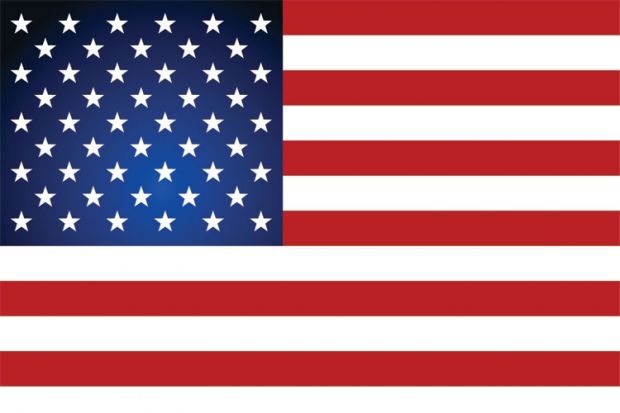Nearly all US college applicants take either the Scholastic Assessment Test (SAT) or the American College Test (ACT), which is more popular in the Midwest.
The SAT gospel has always been that it provides a level playing field in which the enormous socio-economic variations among applicants can be offset, even eliminated. Yet some leading liberal arts colleges have reconsidered this gospel.
Until 1999, debates about the tests were generally oblivious to their roots. Then came Nicholas Lemann’s The Big Test: The Secret History of the American Meritocracy. After the passage of the 1944 GI Bill, which enabled millions of veterans to attend colleges they otherwise could never afford, Harvard University’s president, James Bryant Conant, sought to diversify the undergraduate body of the US’ most prestigious university. He wanted objective tests to identify talented students outside East Coast prep schools – Harvard’s usual feeder institutions – to give them a shot at getting in.
As Lemann details, Conant enlisted Harvard’s assistant dean, Henry Chauncey, to create what eventually became the SAT. Their dream was to create what Thomas Jefferson called an American “natural aristocracy among men”, with “virtues and talents”, antithetical to Europe’s inherited privilege. (Women were not considered.) The SAT itself triumphed only after Conant and Chauncey successfully competed with other post-war proposals for standardised tests.
The SAT became institutionalised with the establishment of the Educational Testing Service (ETS) in Princeton, New Jersey, in 1947. The initial purpose of the SAT was limited to indicating collegians’ probable first-year performance. Over time, though, it became a supposedly objective measure of students’ overall college promise and, for some, an indicator of their supposed worth as people! Meanwhile, the ETS empire grew into an enormously profitable, powerful enterprise.
What began, as Lemann recounts, as a means of creating a genuine meritocracy eventually became the site of endless conflicts over the SAT’s apparent bias against minority students from inferior schools. Moreover, the ETS’ relentless insistence on students’ inability to prepare for the SAT has been steadily undermined by instances where those who can afford private preparation have fared better – hence the decision by ever more prestigious liberal arts colleges (although no Ivy League universities) to make the test optional.
However, many less selective US institutions nowadays purchase the names of students with high SAT scores in order to interest them in applying. Increased applications with higher SAT numbers figure importantly in the influential annual rankings that have become a new gospel.
This renewed embrace of the test would have delighted Chauncey, who never lost faith in standardised testing as the measure of all things. Indeed, he worked on expanding ETS’ empire to other areas of US life and dreamed of mounting a “Census of Abilities” to categorise and sort all Americans, whatever the moral consequences. As an associate described him: “Despite his patriotism and Christianity, one can imagine him going to work for Hitler as easily as for the president of Harvard.” It’s a shame that Chauncey himself never took the SAT.
Register to continue
Why register?
- Registration is free and only takes a moment
- Once registered, you can read 3 articles a month
- Sign up for our newsletter
Subscribe
Or subscribe for unlimited access to:
- Unlimited access to news, views, insights & reviews
- Digital editions
- Digital access to THE’s university and college rankings analysis
Already registered or a current subscriber? Login
